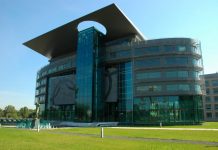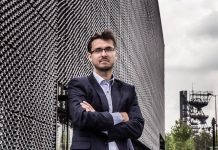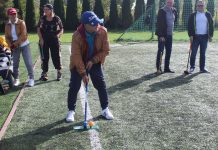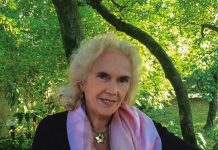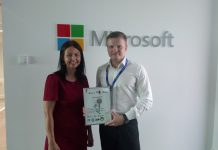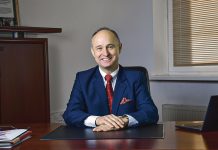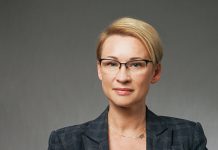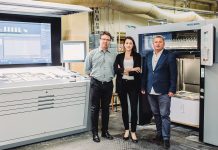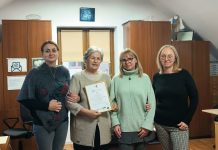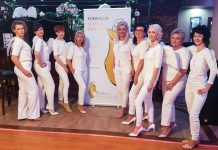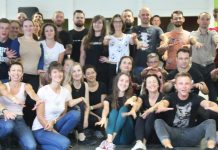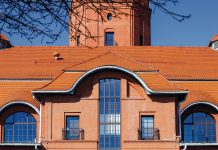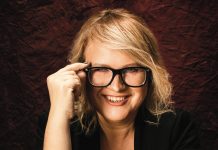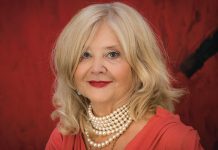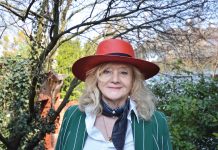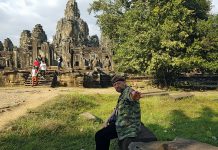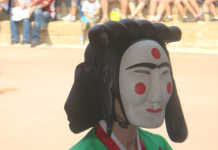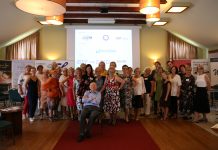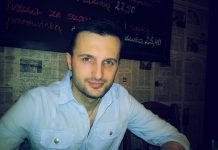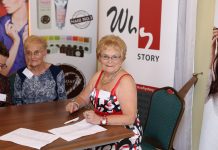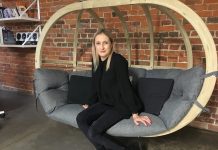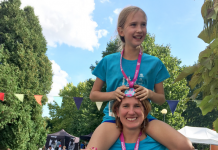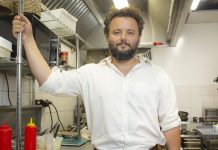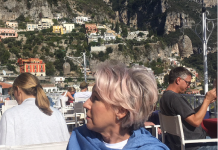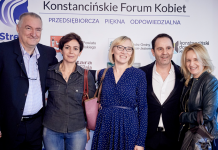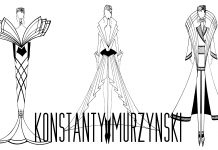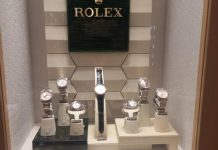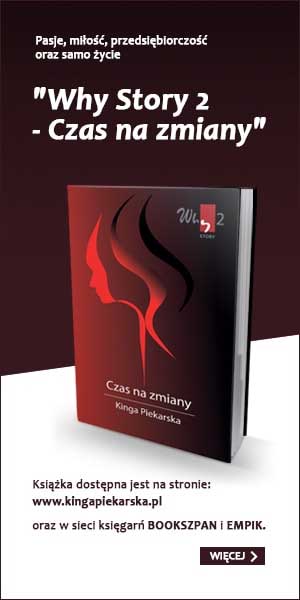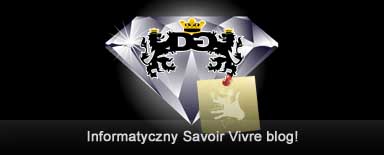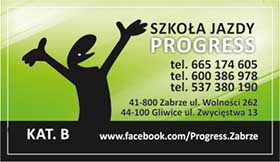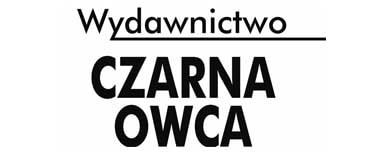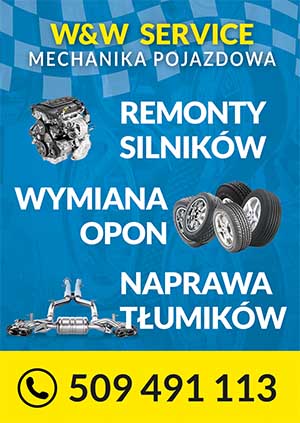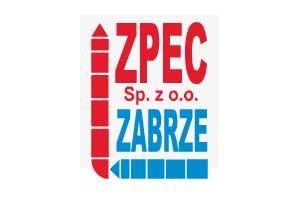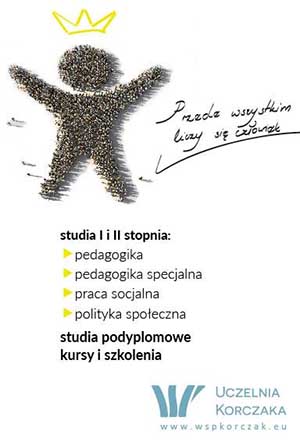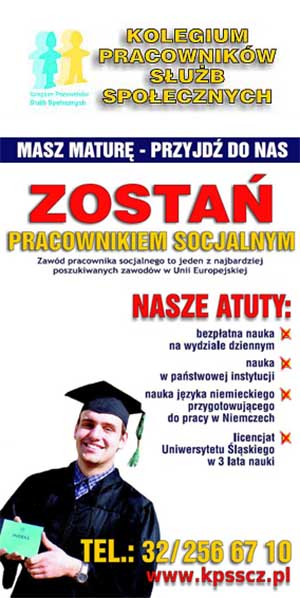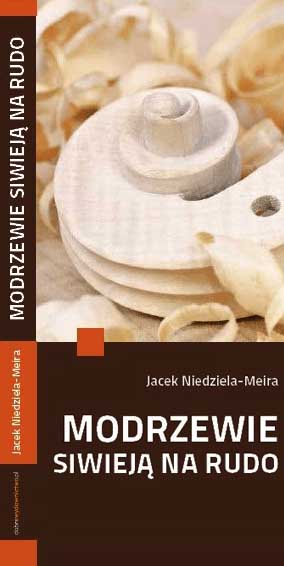
A conversation with Monika Nizioł – president of the Bygone Era Foundation and founder of the People’s Poland History Museum in Ruda Śląska, winner of the Charismatic Woman and Leader by vocation titles.
How did your career develop?
I come from Dąbrowa Górnicza and I started my professional career in the 90s, in the so-called Golden Years of the90s. At a time when the market economy was booming, we could quickly build our career path and become directors or presidents in a short time. For many years, I worked for companies in the publishing industry, including Miesięcznik Gospodarczy Nowy Przemysł and Agora S.A., as a sales and marketing director. In 2008, I boldly decided to set up a private museum, and that is how I became a president of the Bygone Era Foundation, which created the museum and continues to take care of its development.
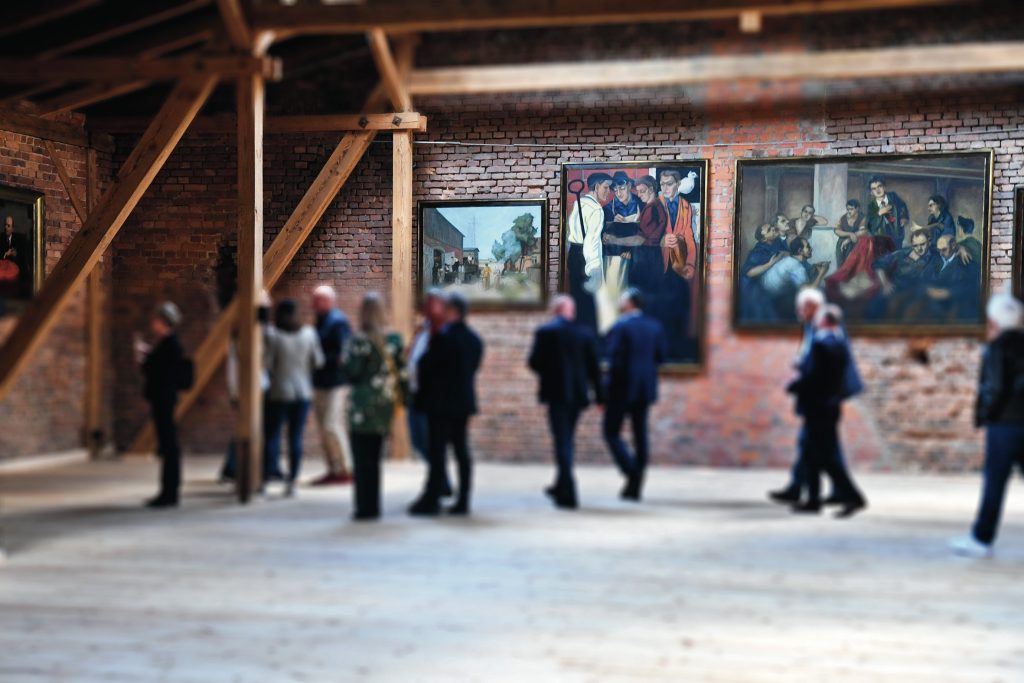
How did you come up with the idea of opening such a Museum?
My husband and I have owned the 19th-century Manor House in Nowa Ruda since 2002. The estate, built in 1890 by the German von Balestrem noble family, was transferred to the State Treasury after World War II, and the State Agricultural Farm was established on its premises, and maintained until 1984. Later, the then owner, the Agricultural Property Agency, leased individual buildings for various economic activities, including a car parts warehouse or a more exotic activity – a banana ripening room. Left alone, the estate fell into increasing disrepair during the post-state farm period. After the estate was bought in 2002, a nearly six-year renovation began under the supervision of the monument conservator. The buildings were restored to their former glory and the grounds were reclaimed and cleaned up. The idea for the museum was born during a conversation with the then director of the Zamoyski Museum in Kozłówka in the Lublin region, Krzysztof Kornacki. It was Krzysztof who proposed creation of this museum, suggesting that people massively get rid of everyday-use objects and in 10 years’ time there will be nothing to recreate this PRL reality from. And so, on June 4, 2010, we opened our museum with the exhibition ‘Starting at the end – the 21st anniversary of the first democratic elections’. Today, we can say that we are the oldest and largest museum on this subject-matter in Poland.
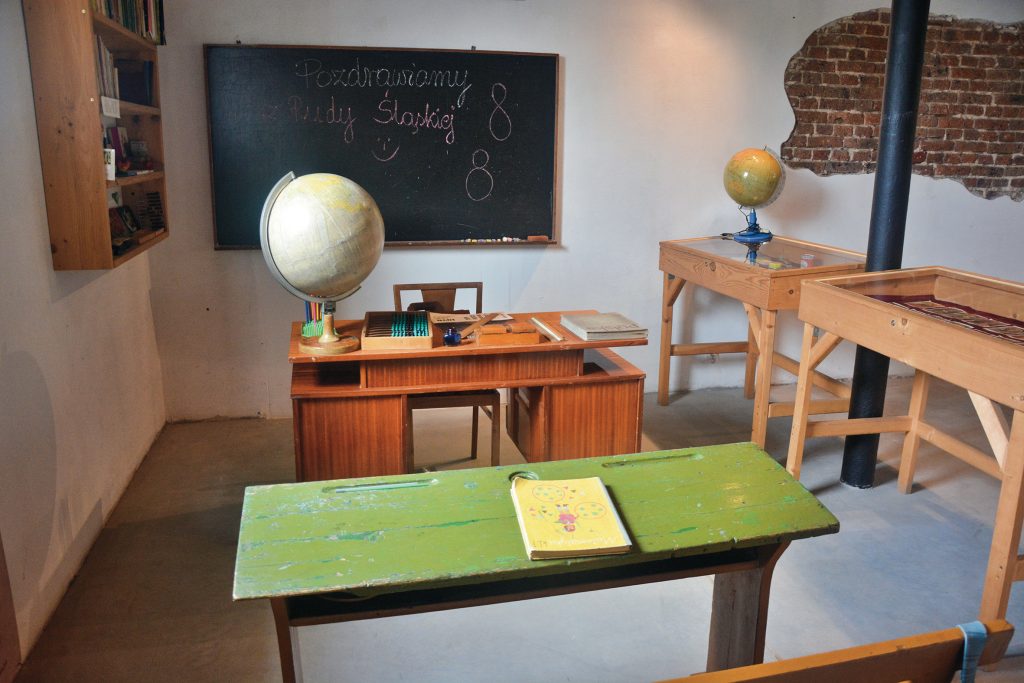
What particularly do you offer your visitors?
Our museum is a unique and unusual place on the tourist map of Silesia. Just 15 minutes from the centre of Katowice, we make our visitors leap into a completely different reality. They have four buildings with a total exhibition area of almost 2000 m² at their disposal. The Time Capsule with the office of the First Secretary, a doctor’s office, a flat typical of that era or a shop with vinegar on the shelves, are the beginning of a journey to a bygone era. Then, there is the historic barn building, where our automotive exhibits have found their home. Among the beautiful cars, you will find not only the queen of roads, the Syrena, but also a unique Mikrus, a beautiful Skoda Octavia from the 1950s, a Moskvich 400. And Osa (Wasp) – the only mass-produced Polish scooter. Cars such as the Tatra, Star 25 and several others can also be found within our museum courtyard. The courtyard also houses the Socialist Realist Monument Park, the iconic RUCH newsstand or agricultural equipment. In 2018, we opened up another exhibition area in the former cowshed buildings, aptly named Wspomnień Czar (Charming Reminiscences). Our latest brainchild is the one-of-a-kind Socialist Painting Gallery, with the only copies of Poland paintings, the originals of which can be found in the Socialist Realism Gallery at the Zamojski Palace in Kozłówka in the Lublin region. Our museum changes every year. We work seasonally from the 1st of May to the end of October and, out of respect for our visitors, we prepare new exhibitions every season and replace about 70 per cent of the exposition. In our collections you will find social realist monuments, paintings, cars and everyday objects. We painstakingly collect them all to save it from oblivion and show young people what times and conditions their grandparents and parents grew up in.

Is the Museum self-sufficient in terms of income?
Few museums in the world make money for themselves; they are usually grant-aided by the state or local government. As private museums, we ourselves have to earn money for our activity. We do not have any subsidies.
How do you acquire exhibits?
About 90 per cent of our exhibits we bought at various online auctions. Today, after 13 years of operation, our visitors also bring us exhibits as donations, which we are extremely grateful for.

What kind of events can be held here?
For many years, we have organised the Farewell to Summer and the Rally of Vehicles of a Bygone Epoch events on the first Saturday of September. The Farewell to Summer event is not only a museum open to all and sundry, but above all atmospheric concerts. Our historic barn was the venue for concerts by, among others: Magda Umer Alosza Awdiejew, the 2 + 1 band or Andrzej Dąbrowski. This year’s Rally of Vehicles of the Bygone Epoch, which we organised together with Kornelia and Tom Krzyżowski, turned out to be a great success after a three-year break. Satisfied participants are the best recommendation.
The museum is also a space for corporate events.
Our exhibits have also starred in several interesting movie productions, e.g. ‘I am a Murderer’, or ‘Gierek’.
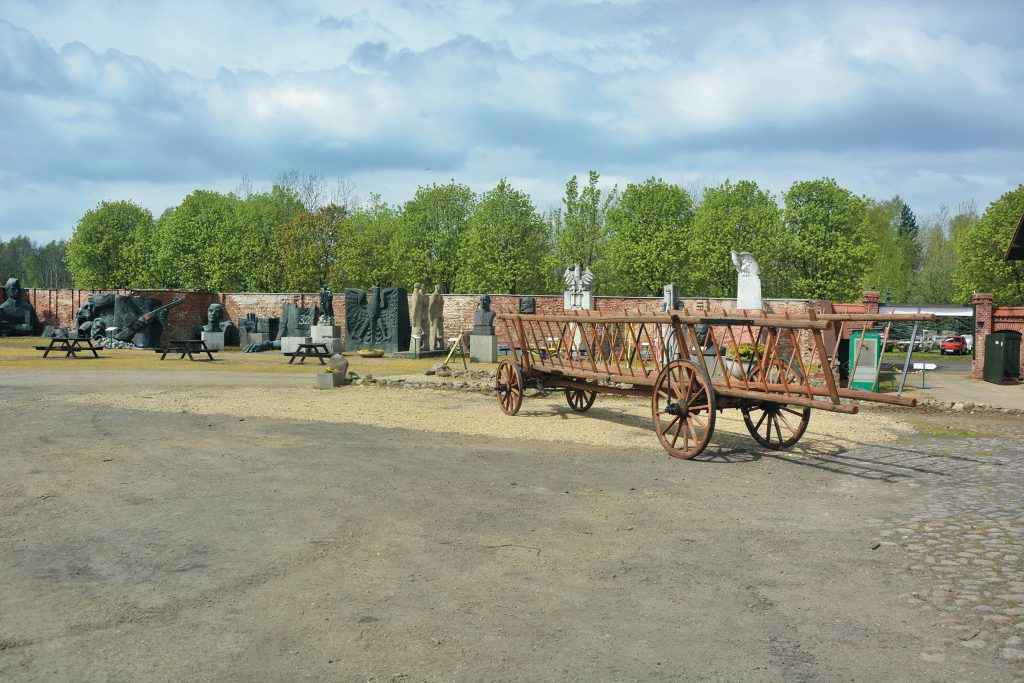
Who visits your Museum?
80 per cent of visitors are individual guests, and we get the highest density at weekends. Our guides, Dorota Dębosz and Kamil Warzecha, are available every Sunday. Historians by education, passion and love. They are, among others, the ones who make this place so special. Our guests include residents of our Silesian agglomeration, neighbouring provinces and visitors from all over Poland and other countries. The most exotic group were the participants of the European Economic Congress – the Senegalese delegation. For several years now, our museum has been very popular among listeners of the University of the Third Age and pupils of primary and secondary schools, for whom we conduct museum lessons on the history of People’s Poland.
How many people do you employ?
The museum operates seasonally from 1 May to the end of October. During the season, there are eight seasonal workers, and three regular employees. They are cashiers, guides and technical staff.
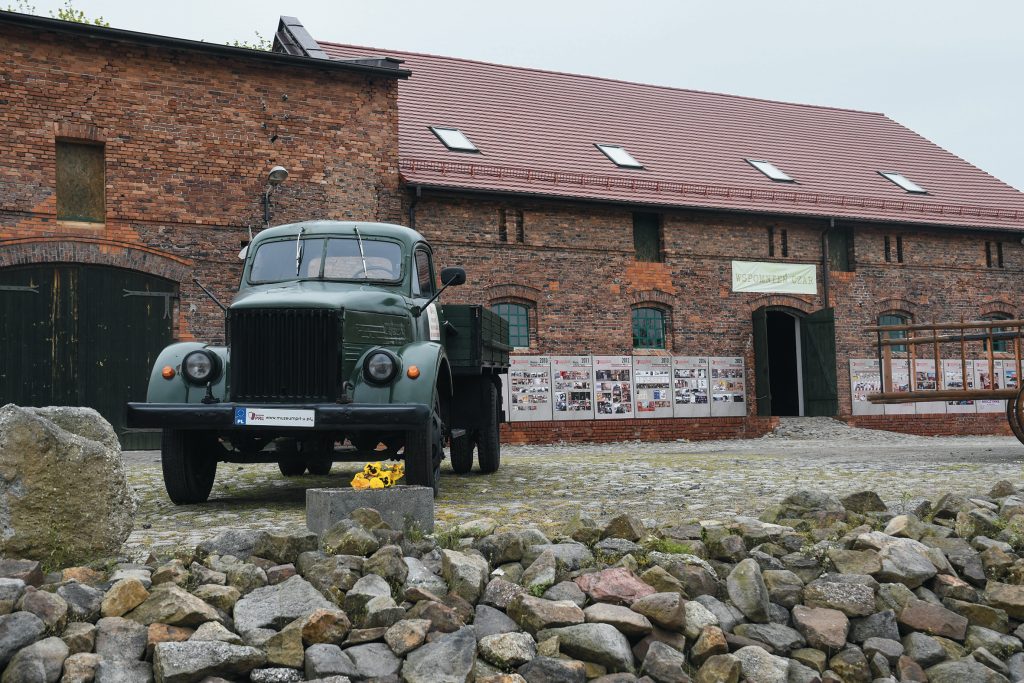
What are you most proud of?
A friend of mine recently said I had the ability to connect people. Of course, it nice too hear that, but I consider myself lucky to meet good and valuable people on my life path. It is thanks to the museum that I have met many fantastic people, also from Ruda Śląska. Entrepreneurs, social activists, enthusiasts, artists. Grzegorz Poloczek, the good spirit of our city, says that I have created a must visit place, especially for the opening of a new season. And of this I am extremely proud, because this place changes the perspective, located in the middle of a conurbation, and a bit like in the countryside. Surrounded by fields and forest, and all this just 15 minutes from the centre of Katowice.
I live outside the hustle and bustle of the city, I have a nice family, friends and 5 dogs. This is my success. I feel happy and fulfilled and, of course, I still have some plans to follow in the near future.
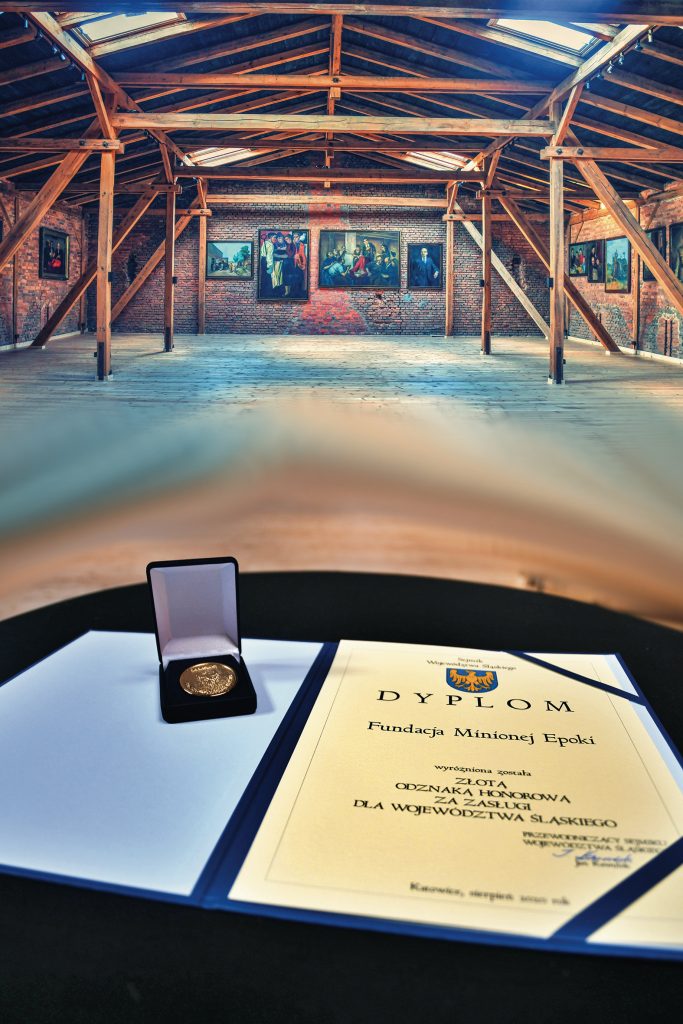
What are your plans?
Some time ago we were awarded the Golden Badge of Honour for our contribution to the Silesian Voivodeship, which obliges us to continue the development of our museum and making it more attractive. We are also planning to promote our new brand, the 19th-century Manor House Nowa Ruda.
How do you recharge batteries?
By travelling, getting to know new places and people. Because it is interpersonal contacts that are of the greatest value to me.
Dorota Kolano
Beata Sekuła




